Have you ever heard about the woman who saved the Douro wines?
Dona Antónia Adelaide Ferreira is an emblematic figure who became a symbol of Douro entrepreneurship and viticulture, and also an example of generosity towards those most in need.
This month we celebrate International Women’s Day. So let’s take a look into the wine world of Portugal to know a brave woman who sustained the entire wine industry of this country.
Dona Antónia Ferreira had a family life that met misfortune, dared, dreamed, and took risks, and she built one of the greatest fortunes of the 19th century.
Read my article about her life and work, and celebrate the women working in the wine world!
I am happy to share that the March issue of the Algarve Plus Magazine has already been published, with my new writing!
The magazine is readable online or downloaded for free here.
Happy reading!
Or read here my whole article:
The woman who saved Douro wines

Dona Antónia Adelaide Ferreira is an emblematic figure in the history of the Douro and it is her heritage that we praise with each new harvest. More than two centuries after her birth, to evoke this unique figure in the wine industry of Portugal is to pay tribute to a woman who became a symbol not only of Douro entrepreneurship and viticulture but also a greater example of altruism and generosity towards those most in need.
In 19th century Portugal there lived an extraordinary woman. Dona Antónia Adelaide Ferreira, who was born more than 200 years ago, was one of the most fascinating characters of her time. She put her foot among the English who dominated Port wine, pushed the borders of the Douro wine region to the limits of the national territory, was always on the side of the poorest, stood up to the most powerful politicians of her time, and refused titles and honors from the Court and of the king. She had a family life that met misfortune, dared, dreamed, and took risks, but she built one of the greatest fortunes of the 19th century.
Antónia Adelaide Ferreira, who was affectionately known as Ferreirinha, is the most important name in the history of the Portuguese wine industry.
Despite the enormous success that the industry is now enjoying, about 200 years ago it was very close to extinction. In a business historically hostile to women, a businesswoman not only persisted but also sustained the entire industry. She was Dona Antónia Adelaide Ferreira.
Her life
Dona Antónia Adelaide Ferreira, better known as Ferreirinha, was born in Régua in 1811. She descended from a local family that took advantage of the commercial boom in Port wine after the demarcation of 1756 to establish itself in the business of producing and raising wines among small farmers.
Her father, José Bernardo, divided the family inheritance with a brother, António Bernardo, in 1808. It was António Bernardo who revealed an extraordinary business intuition that quickly made him a protagonist of business in the Douro and Porto. He is responsible for the construction of Quinta do Vesúvio, outside the limits of the region demarcated at that time, which reveals his visionary spirit. From there, they began exporting wine to England in 1815, and those wines were among the most expensive at the time. Even today, this Quinta is one of the most beautiful places in the entire valley.
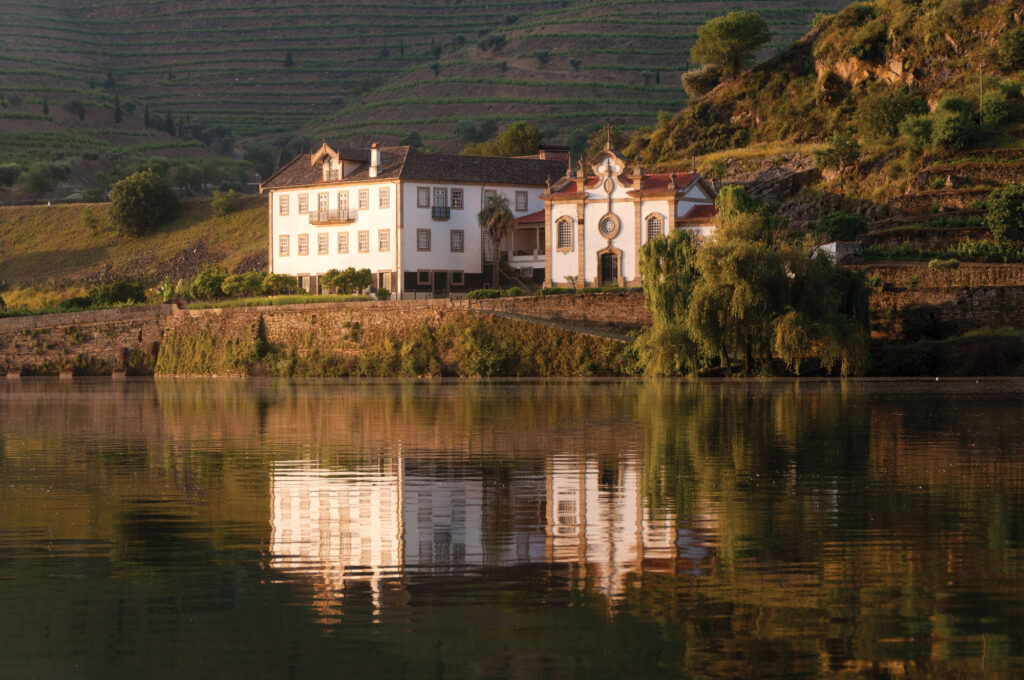
The two brothers were not only parents of their children, but following the custom of the time, it was normal for José Bernardo and António Bernardo to see the alliance between them also as a way of keeping their family heritage together. For this reason, Dona Antónia got married to her cousin, António Bernardo Ferreira’s son in 1834.
Despite being a typical marriage of interest, there was love between the first cousins. At least in its first phase. Over time, the opposition between Antónia’s rural and simple side and António Bernardo’s cosmopolitan, frivolous, and expensive tastes will end up, leading to a formal separation between them. The last years of the marriage were lived in separation. By 1842, when the couple’s third child was born (one would not survive), their relationship had gone from a state of happiness to estrangement. António Bernardo died in Paris, in 1844. He was 32 years old.
The widow, with two children, and already with a colossal fortune to manage, Dona Antónia now has to show her temper. Antónia immediately assumed leadership of the family business, getting rid of many of the varied investments made by her husband and concentrating all resources on the production and marketing of Port wine. But times don’t run smoothly. The Ferreira empire was shaking and the Port wine experienced a strong downturn in the first years of the 1840s.
From 1850 onwards, a disease, powdery mildew, ravaged the Douro vineyards, causing drastic reductions in production, poor quality wines, and increasing the cost of cultivation through the use of sulfur. Even more serious, from the 1860s onwards a new pest, phylloxera, threatened to ruin the entire national viticulture and caused even greater damage in the Douro than powdery mildew. When the insect appeared in Europe, coming from the United States, it devastated entire vineyards. In these decades, the vineyards in the Douro region were mostly destroyed and their owners were financially ruined.
This time she meets José da Silva Torres, the main administrator of her companies, and they together head by boat to England to try to understand more about modern and effective means of combating this pest, as well as more sophisticated wine production processes. Dona Antónia decided to implement new ways of protecting Douro plantations through grafting techniques imported from other countries. She would get married to Silva Torres in England, and immediately return to Portugal. And she never gave up. She ordered sulfur from England to treat powdery mildew, tried cures for phylloxera and, even though she was conservative in her customs, she was open to innovation and risk.
She was a businesswoman and acted like a businesswoman. However, in being so, she revealed enormous sagacity in these difficult moments. She was very astute in the way she managed crises. She knew how to wait for the best opportunities and managed to increase her fortune at the time of the powdery mildew and phylloxera crisis. Despite her afflictions, she did not sell a single barrel of wine from her husband’s fortune (he left her five thousand, a colossal stock). When powdery mildew and, later, phylloxera reduced the supply capacity of the Douro, Dona Antónia was then able to make enormous gains with the excellent wines she preserved. Then, with these capital gains, he buys watermills, hills, olive groves, and houses in Régua, Porto, Lisbon, and Vila Real.
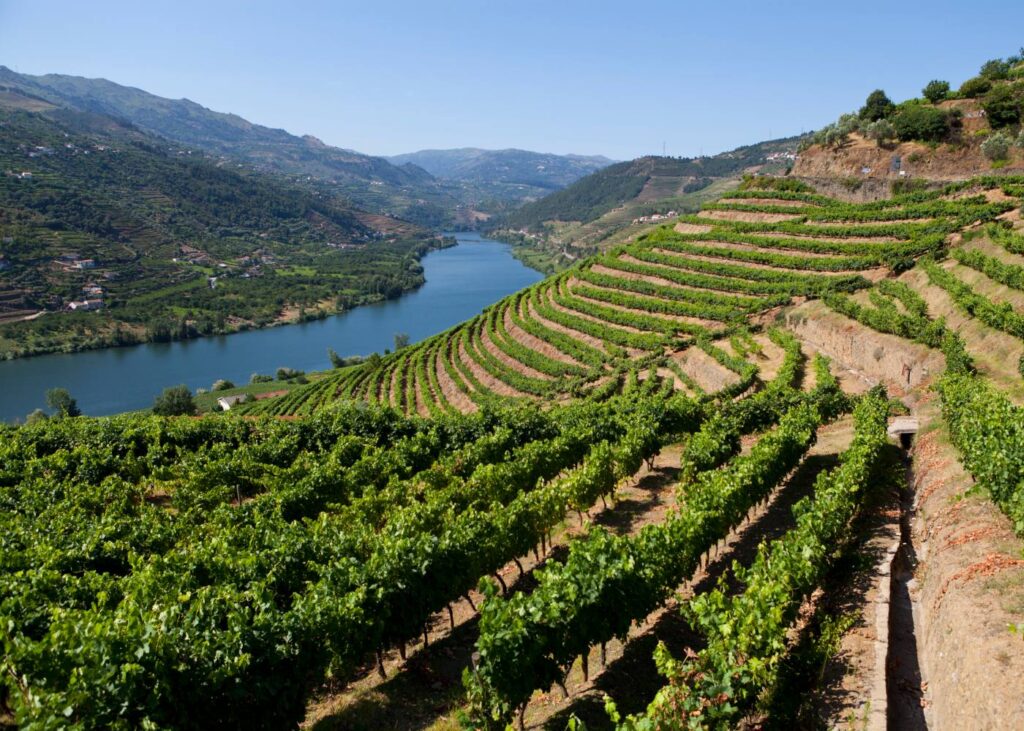
At the same time, at the height of the crisis, she also dedicated herself to helping the poorest. He distributes money to them and is the one who contributed most to the installation of a hospital for choleric patients in Régua.
The couple visits Porto regularly and spends time in Lisbon, where they acquire the Calhariz Palace. The marriage of her daughter Maria de Assunção with the son of the Marquis of Loulé, grandson of King João VI links them to the royal house.
But Dona Antónia prefers to be always in the Douro. Every day she could, she left the house and went from vineyard to vineyard. Only her wasteful children made her life bitter. But she never prevaricated and never gave up.
It was in 1877 that her second husband, Francisco José da Silva Torres, bought in Dona Antónia’s name around 300 hectares of wild land in Monte Meão, until then belonging to the Municipal Council of Vila Nova de Foz Côa, in Superior Douro. This land was located in one of the most remote and wild areas of Portugal. In the absence of roads, the safest means of transport to get there from Porto was in small boats, capable of crossing, pulled by oxen, the river’s numerous rapids, in a journey that took around twelve days. But Dona Antónia invested in the completion of the Douro railway line, which in 1877 had only reached Penafiel, around 30 km away from Porto.
It was only 10 years later that the train finally arrived in Pocinho, about 3 km from the farm.
She never accepted noble titles and made her haughtiness towards great people a trait of her character. Her husband passed away in 1880 and her second widowhood did not affect her. On the contrary, in the 16 years of her remaining life, she was able to reveal admirable energy. And she made fabulous profits as well. At the age of 76, he dedicated himself to building the imposing Quinta do Vale Meão from scratch, in the Vila Nova de Foz Côa area to make it “the first property in the Douro”.
Over eight years, vineyards and olive groves were planted there, and two wineries, a small hospital, a school, and two chapels were built. The work was completed in 1895, but Dona Antónia enjoyed little of it as she unexpectedly died in March 1896.
The royal family and the apostolic nuncio sent their condolences by telegram. On the day that she was buried, hundreds, perhaps thousands of people formed a human wall along four kilometers to the Régua cemetery. The Porto newspapers reported that, as the coffin passed, men and women knelt, paying a last tribute to the woman who had given them work, alms, hospitals, and above all, a belief that in the Douro of the 19th-century hope was possible. They called her “mother of the poor”, and since her death, the invocation of Ferreirinha would be associated with a mythical aura that persists.
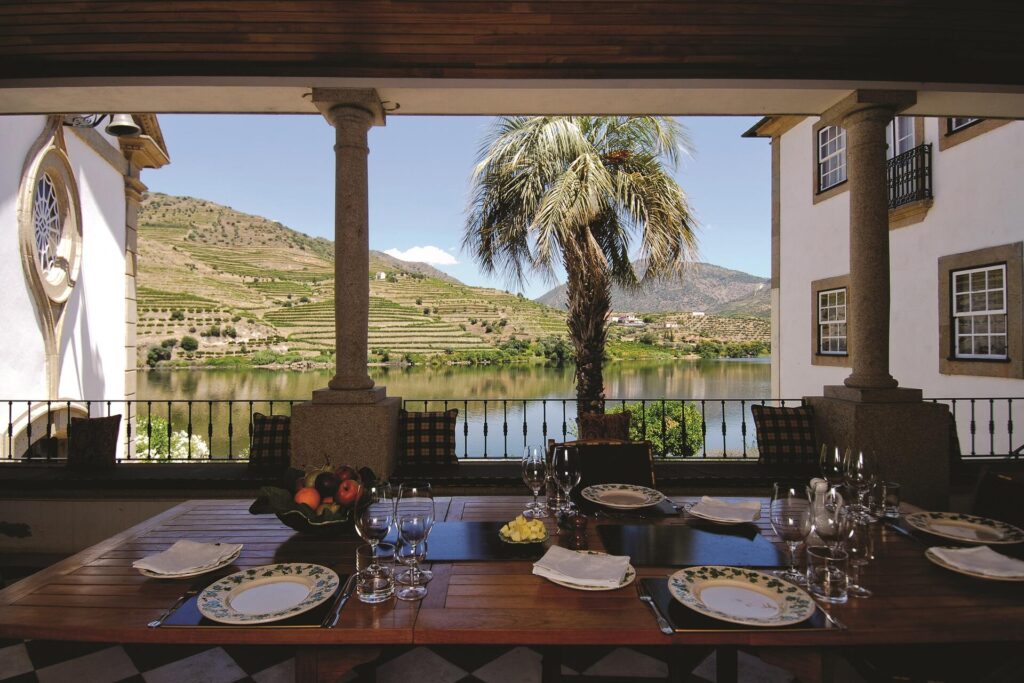
Dona Antónia has undoubtedly been one of the most notable personalities in history one of the first and most important demarcated viticulture regions in the world. She died as the richest woman in Portugal. Not only did she amass an enormous fortune, she also enriched the Douro region — and her name was written in the annals of Portuguese History.
This vibrant and courageous woman became a rare symbol of entrepreneurship. She was a simple woman with a pronounced forehead and a look that was somewhere between distant and melancholic, who liked walking in the vineyards more than spending the opera season in Lisbon, who preferred to play cards on her farms than move among the high society of the court, to which she had access.
But, behind this frugal image, there was a woman with vibrant energy, extreme courage, and a spirit of initiative (entrepreneurship, as we now say) that led her to take risks in business, to build one of the biggest companies in the world, or to resist the multiple personal misfortunes that consumed part of his life.
Thanks to her courage and entrepreneurship, she spectacularly developed the family business, becoming the largest owner of the Douro and owner of one of the largest fortunes in the country.
She spent most of her life in the Douro, leading a simple and austere life, dedicating a good part of her energy and resources to improving the living conditions of her fellow countrymen. Her memory is therefore still venerated today in the Douro region.
Her legacy
Her material legacy was fabulous. Her vineyards produced 1,500 barrels of wine per year and there were more than 15,000 barrels left in its warehouses. His will also lists 24 farms in the Douro, houses and palaces in Porto and Lisbon, gigantic warehouses in Gaia, and shares in national and foreign companies.
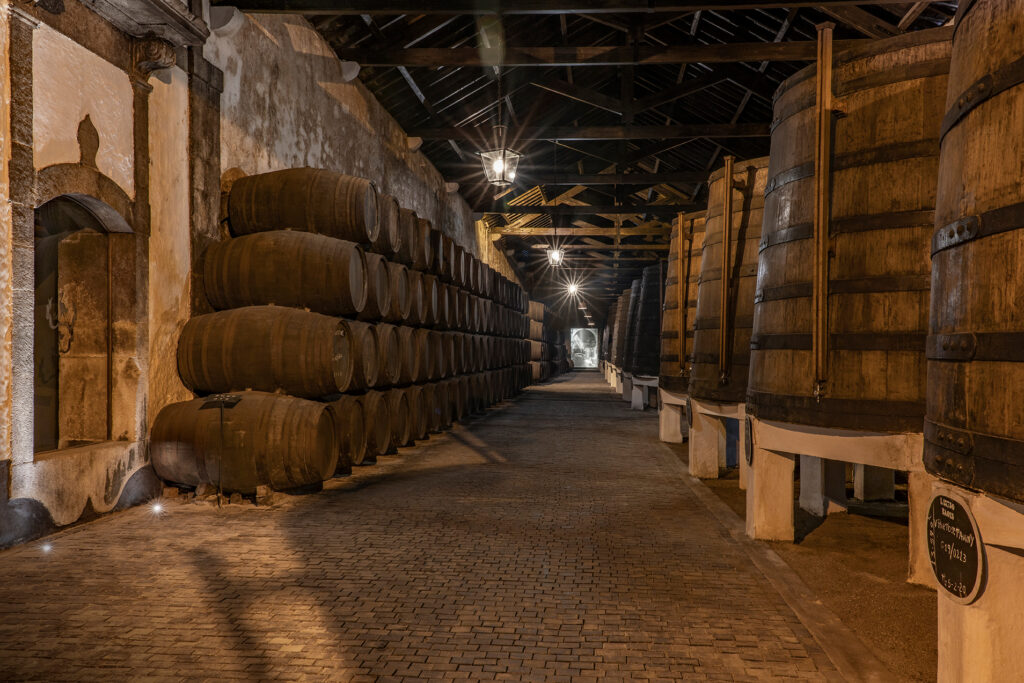
Her assets, which would be divided between his two children and 18 grandchildren, were certainly the largest fortune in the Douro and one of the largest in the country.
Her heirs were obliged to respect the will left behind and created the company that is the predecessor of the current Ferreira to maintain the unity of Dona Antónia’s empire.
For three generations, until 1987, Ferreira would be managed by his successors. That year, its sale became a State matter, with the Government’s involvement to prevent its control from passing into foreign hands. Two years later, Vesúvio was purchased by the Symington Port wine group. Around 140 descendants had to sign the transaction. But some heirs kept Dona Antónia’s direct inheritance in their possession. And another branch of the Ferreira family owns the well-known Quinta do Vallado.
Anyone who appreciates wine and wine culture cannot escape the feeling that Dona Antónia’s heritage maintains a unique vitality. Ferreira’s wines, starting with the mythical Barca Velha, are among the best in the country. At Vesúvio, a Vintage Port of the highest quality is created. In Vallado, a solid company was created, with excellent wines, including a top-of-the-range wine called Adelaide.
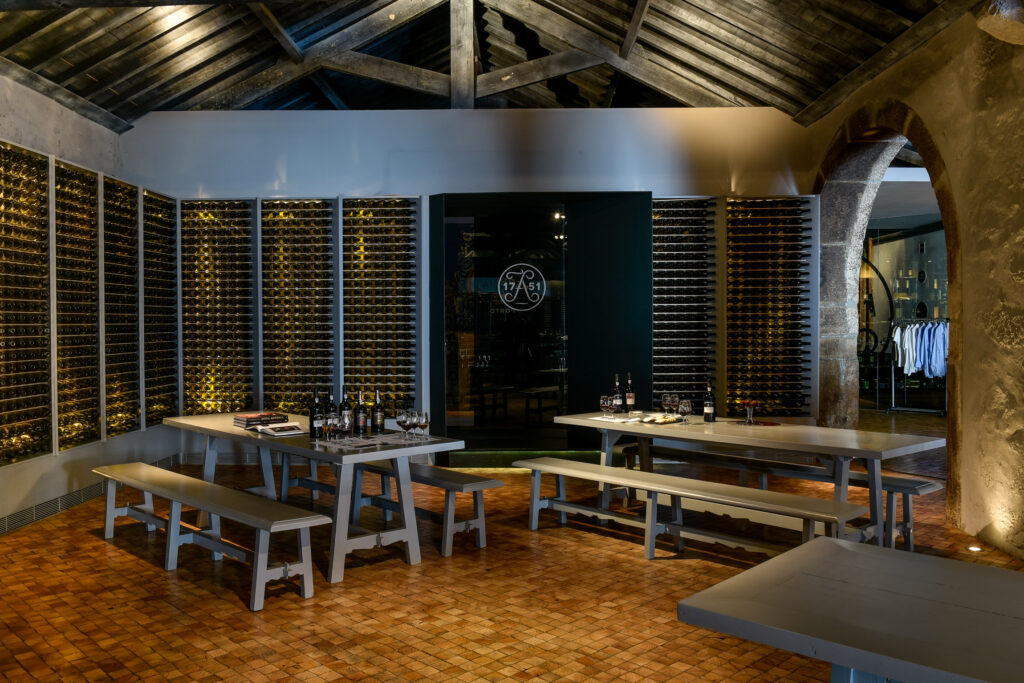
In the company’s wine cellar, there is an impressive oenological archive, with more than 12 thousand bottles stored, the oldest of which dates back to 1815. Some years ago, the head of winemaking, Luís Sottomayor had the opportunity to check their condition in a cork-changing operation that happens every 20 years. And they were still all excellent, full of aromas and life, showing the genius and greatness of one of the most fascinating personalities of 19th-century Portugal.
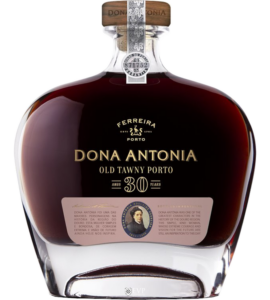
My recommendations for tasting the wines of Casa Ferreirinha
Barca Velha is the epitome, the first, unquestionable symbol of the highest quality of Douro wines. Since its creation in 1952, the most celebrated Portuguese wine.
Its color is deep ruby. It has a very complex aroma, with prominent spices such as pepper, balsamic notes, cedar and tobacco box, red fruits such as ripe plum, slate, and high-quality, well-integrated wood. It has a vibrant acidity in the mouth, very lively, very firm tannins, notes of spices, black fruits, and balsamic flavors. The finish is extremely long with great elegance and complexity.
The wine has a deep ruby color and a finely intense and harmonious bouquet, where forest fruits such as strawberries, raspberries, and plum, and aromatic notes of resin and tobacco predominate. In the mouth, this wine has a soft attack and shows a fine structure with integrated, high-quality tannins, combined with a balanced acidity that gives it freshness. It has an elegant and harmonious finish.
Pairing well with chicken or smoked meats, codfish, and a variety of pastas.
Casa Ferreirinha Planalto Reserva Branco
Planalto is one of the biggest references for white wine in the Douro Valley. It presents a very intense and complex bouquet of aromas of white fruits (melon and pear), and tropical fruits (apricot and passion fruit), with some mineral notes. On the palate, it shows great harmony and a pleasant taste, with fruity and mineral flavors once again in evidence. It has a long and delicate finish.
Goes very well with salads, fish and seafood, or just alone as an aperitif.
Quinta da Leda is a wine of superior quality, an exceptional symbol of the richness and contemporary nature of the great Douro wines. It has intense and very complex aromas on the nose, dried fruits such as almonds and hazelnuts stand out, as well as floral notes of lavender, cedar balsamic notes, and a slight menthol aroma. On the palate, floral and black fruit notes are evident. It is a voluminous and smooth wine at the same time, with lively and very well-integrated tannins, with a finish of great elegance and longevity.

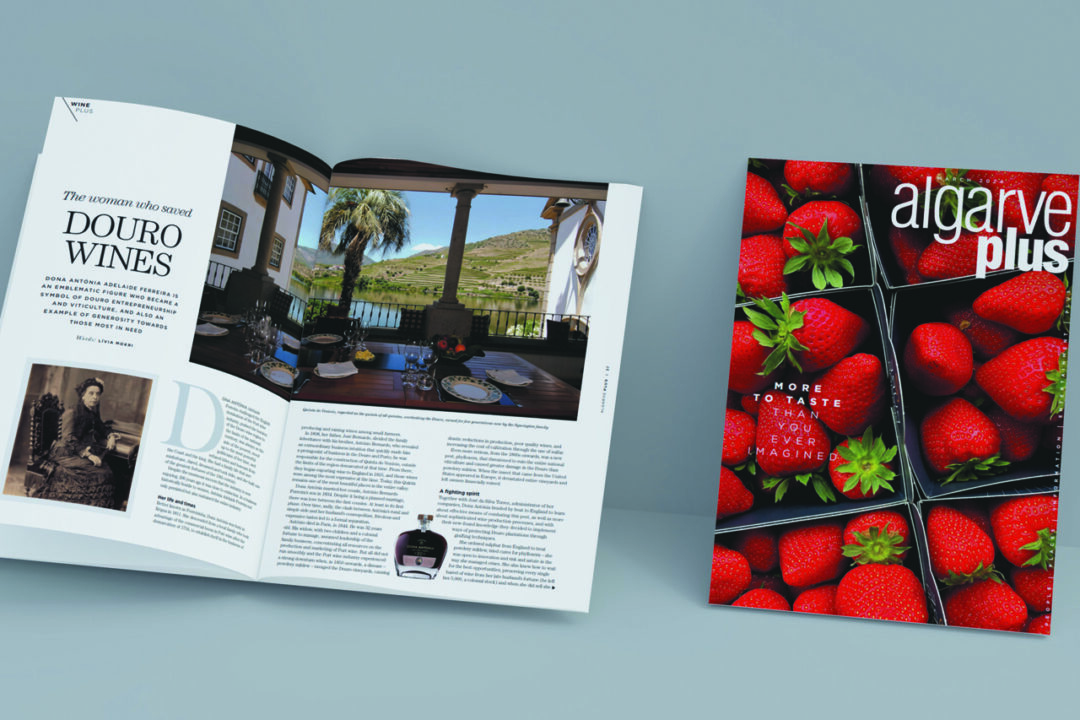
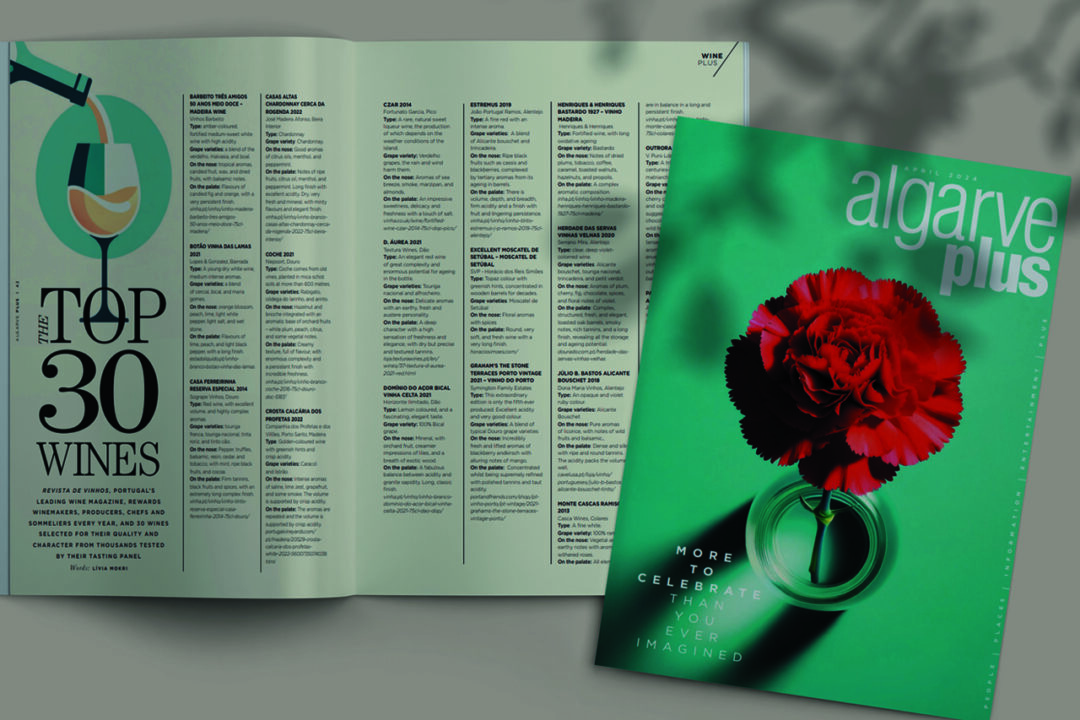
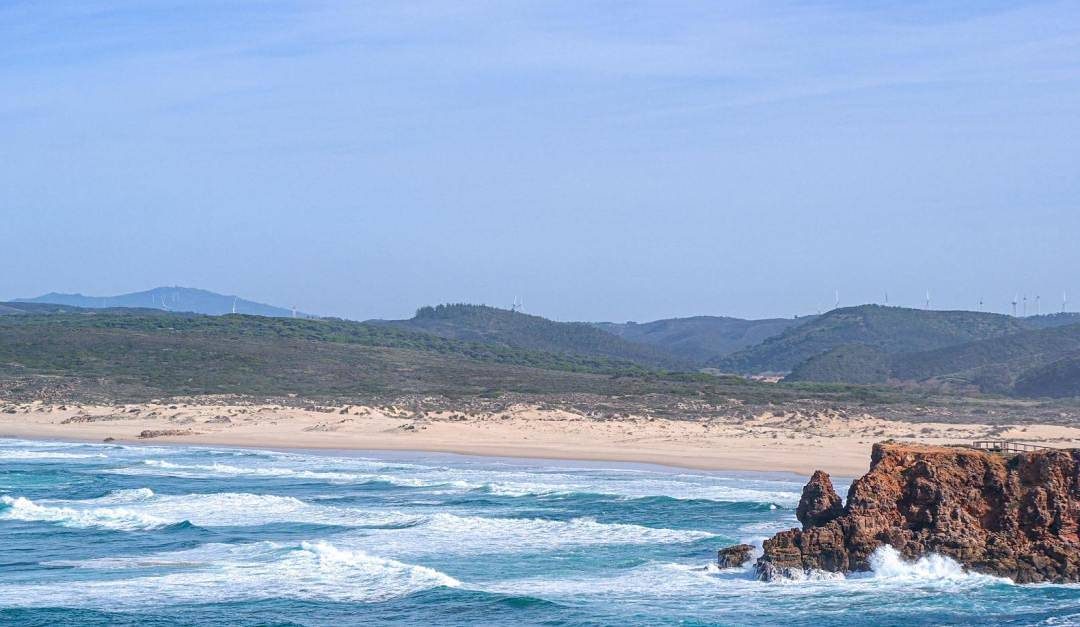
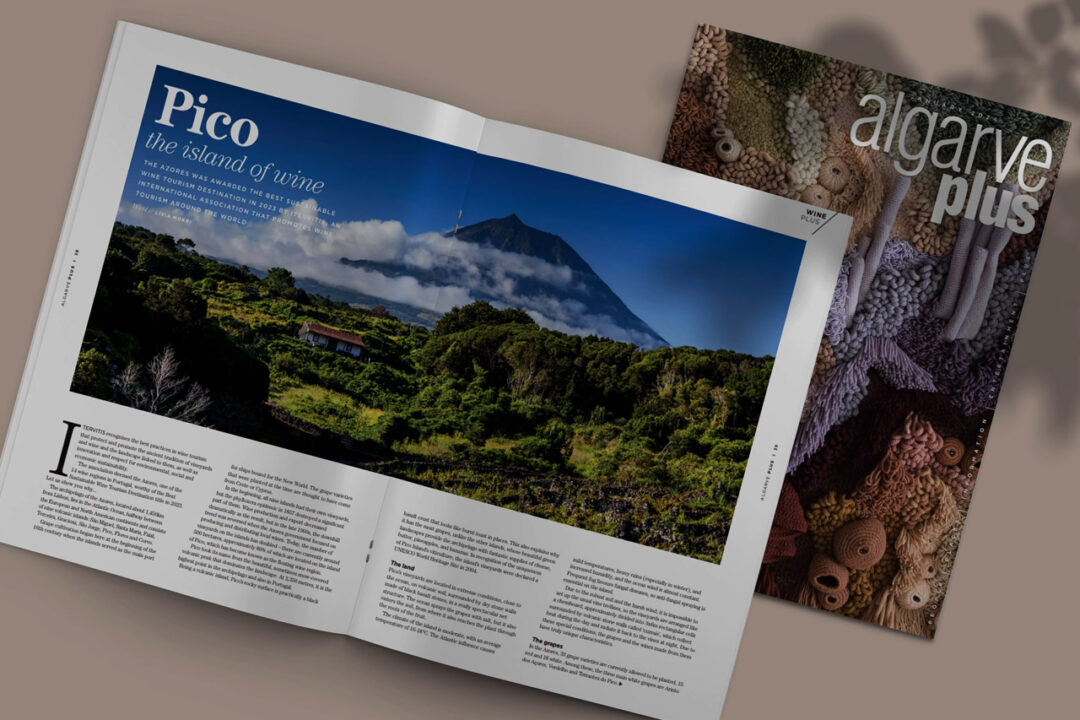

No Comments Found